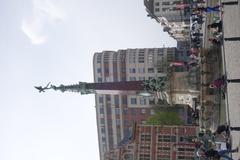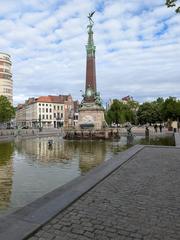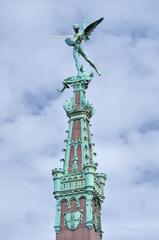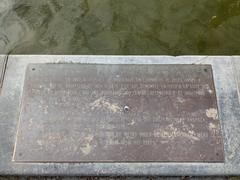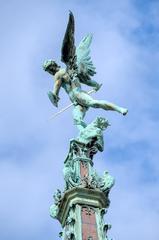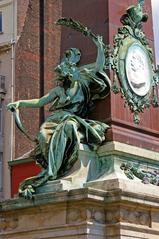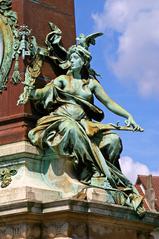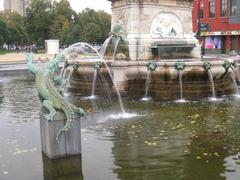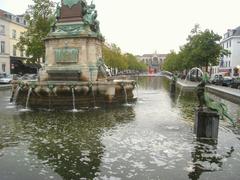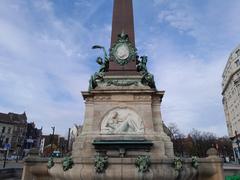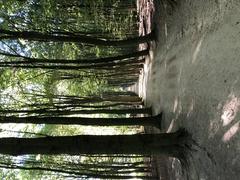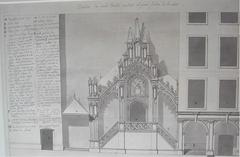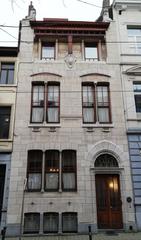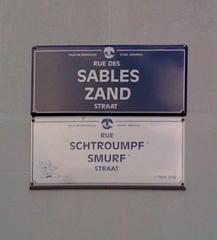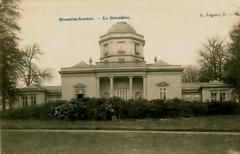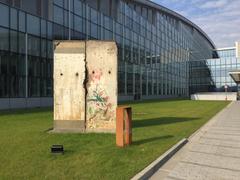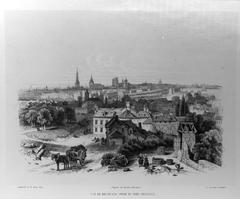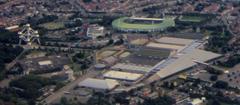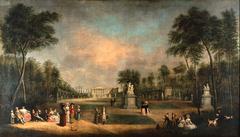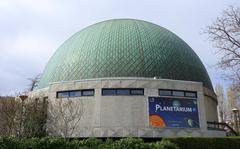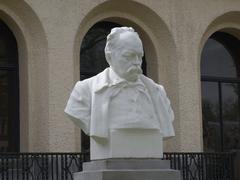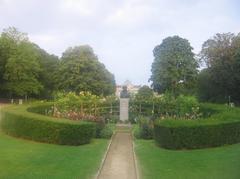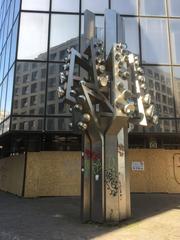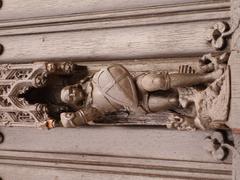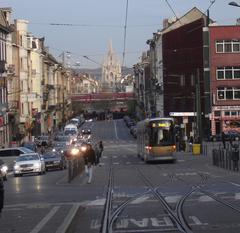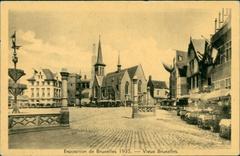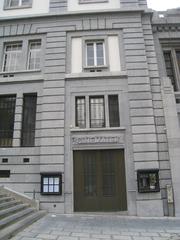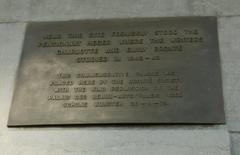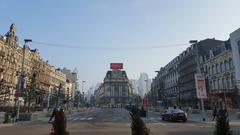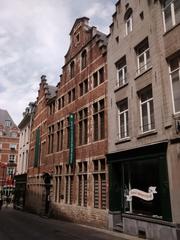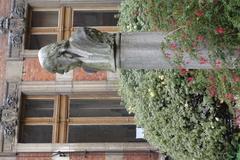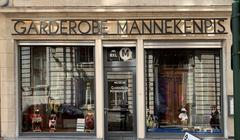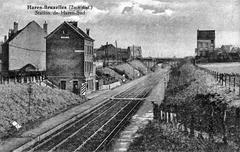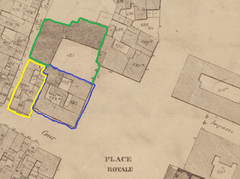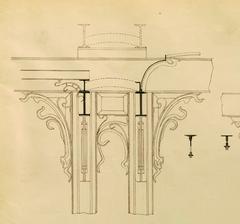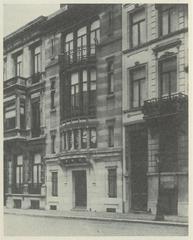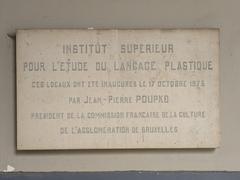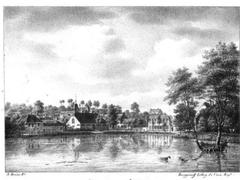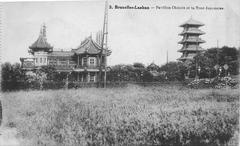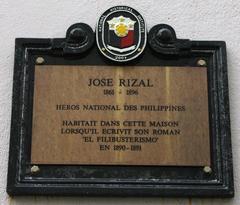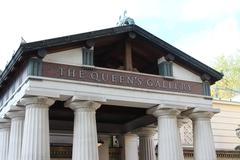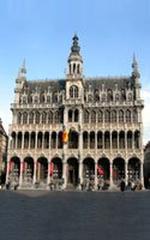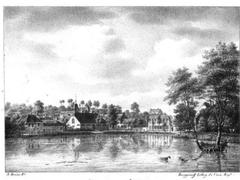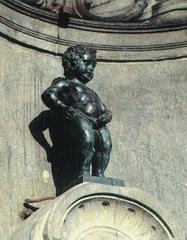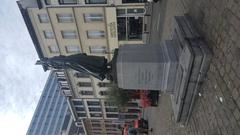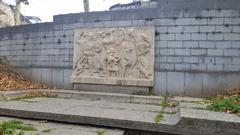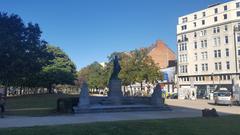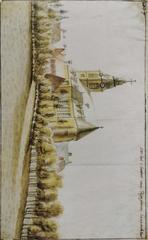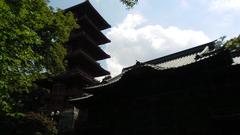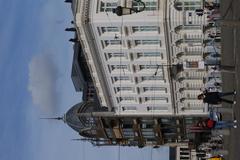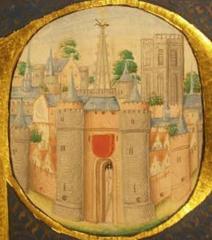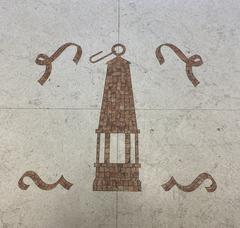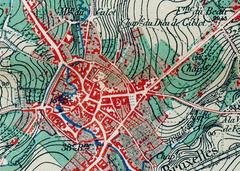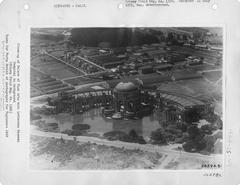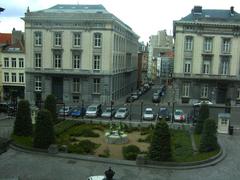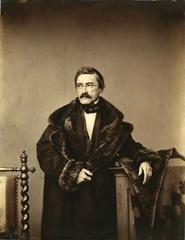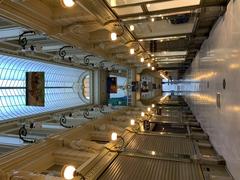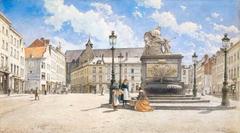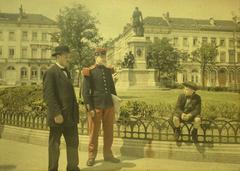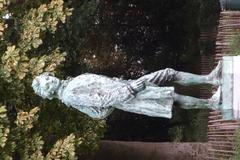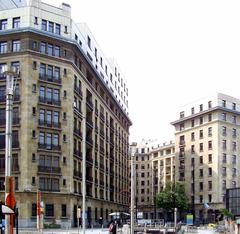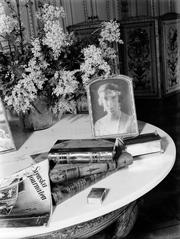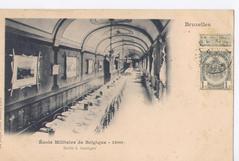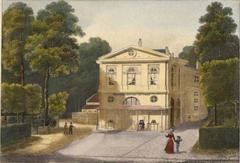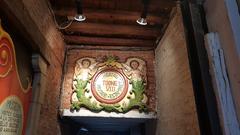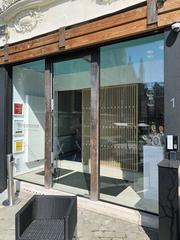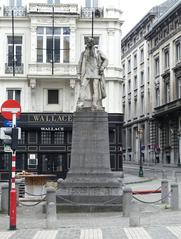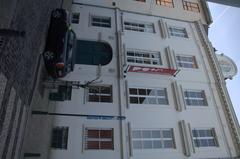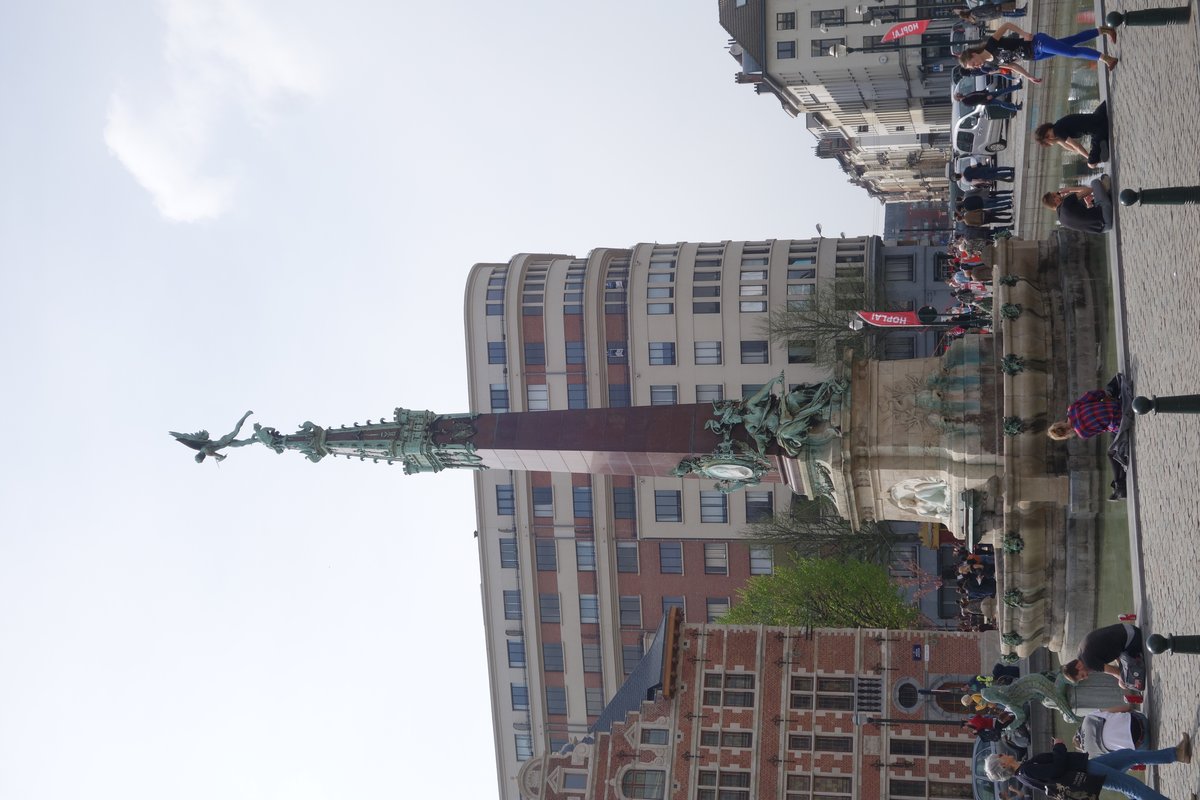
Comprehensive Guide to Visiting Obélisque Anspach, Brussels
Date: 01/08/2024
Introduction
Nestled in the heart of Brussels, Belgium, the Obélisque Anspach, also known as the Anspach Fountain, is a monument of great historical and cultural significance. Dedicated to Jules Anspach, the mayor who played a pivotal role in the modernization of Brussels during the 19th century, this monument stands as a testament to his contributions to the city’s development. Jules Anspach was instrumental in transforming the Senne River area into the central boulevards that define Brussels today (Wikipedia).
The Obélisque Anspach is more than just a historical landmark; it is a cultural symbol that embodies the spirit of Brussels. The monument is surmounted by a tall granite tower topped with a bronze statue of St. Michael, the patron saint of Brussels, symbolizing the city’s resilience and strength. The fountain’s architectural design reflects the neoclassical style combined with local artistic traditions, making it a prime example of 19th-century monumental architecture (Girl with the Passport).
Visitors to the Obélisque Anspach can immerse themselves in the rich history and cultural heritage of Brussels. This guide provides comprehensive information on the monument’s history, architectural significance, cultural impact, and practical visitor tips, ensuring a memorable experience for all.
Table of Contents
- Introduction
- History and Significance of Obélisque Anspach
- Visitor Guide for Obélisque Anspach
- Preservation Efforts
- Educational Value
- Community Engagement
- Frequently Asked Questions (FAQ)
- Conclusion
History and Significance of Obélisque Anspach
Historical Background
The Obélisque Anspach, also known as the Anspach Fountain, is a significant monument located in Brussels, Belgium. This fountain is dedicated to Jules Anspach, a notable figure in Brussels’ history who served as the mayor from 1863 to 1879. Anspach was instrumental in the modernization of Brussels, particularly in the transformation of the Senne River area into the central boulevards that define the city’s landscape today.
The fountain itself is surmounted by a tall granite tower topped by a bronze statue of St. Michael, the patron saint of Brussels. This statue symbolizes the city’s resilience and strength. The monument was erected to commemorate Anspach’s contributions to the city’s development and his efforts in improving public health and infrastructure.
Architectural Significance
The Obélisque Anspach is a prime example of 19th-century monumental architecture. The granite tower, with its imposing height, serves as a focal point in the urban landscape. The bronze statue of St. Michael adds a layer of historical and cultural significance, as St. Michael is a recurring figure in Brussels’ iconography.
The design of the fountain reflects the architectural trends of the time, combining elements of neoclassicism with local artistic traditions. The use of granite and bronze not only ensures the monument’s durability but also gives it a timeless aesthetic appeal.
Cultural Impact
The Obélisque Anspach is more than just a historical monument; it is a cultural landmark that embodies the spirit of Brussels. The fountain is a popular meeting point for locals and tourists alike, serving as a reminder of the city’s rich history and its continuous evolution.
Jules Anspach’s legacy is deeply ingrained in the city’s identity. His efforts in urban planning and public health reforms have left a lasting impact on Brussels, making the Obélisque Anspach a symbol of progress and modernization. The monument is often featured in cultural events and city tours, highlighting its importance in the collective memory of Brussels’ residents.
Visitor Guide for Obélisque Anspach
Best Time to Visit
The fountain is accessible year-round, but the best time to visit is during the spring and summer months when the weather is pleasant, and the surrounding area is bustling with activity.
Guided Tours
Consider joining a guided tour to gain deeper insights into the history and significance of the monument. Many tours include the Obélisque Anspach as part of a broader exploration of Brussels’ historical sites.
Photography
The monument is a popular spot for photography, especially in the early morning or late afternoon when the lighting is ideal. The intricate details of the bronze statue and the granite tower make for stunning photographs.
Nearby Attractions
The Obélisque Anspach is located near several other notable attractions, including the Grand Place, the Old England Building, and the Museum Plantin-Moretus. Plan your visit to include these sites for a comprehensive experience of Brussels’ cultural heritage.
Local Cuisine
After visiting the monument, take some time to explore the local cafes and restaurants. Brussels is known for its culinary delights, including waffles, chocolates, and a variety of Belgian beers.
Ticket Prices and Opening Hours
- Visiting Hours: The Obélisque Anspach is accessible 24/7 as it is an outdoor monument.
- Tickets: There is no admission fee to visit the Obélisque Anspach.
Preservation Efforts
The Obélisque Anspach has undergone several restoration efforts to preserve its structural integrity and aesthetic appeal. These efforts are crucial in maintaining the monument as a historical and cultural landmark. The city of Brussels, along with various heritage organizations, has invested in regular maintenance and conservation projects to ensure that the fountain remains a prominent feature of the city’s landscape.
Educational Value
The Obélisque Anspach serves as an educational resource for both locals and tourists. It offers a tangible connection to Brussels’ history and the transformative period of the 19th century. Educational programs and informational plaques around the monument provide visitors with context and historical background, enhancing their understanding of the city’s development.
Community Engagement
The monument also plays a role in community engagement. It is a site for public gatherings, cultural events, and commemorations. The Obélisque Anspach fosters a sense of community and continuity, linking the past with the present and future of Brussels.
Frequently Asked Questions (FAQ)
- What are the Obélisque Anspach visiting hours? The monument is accessible 24/7 as it is an outdoor feature.
- How much are tickets for the Obélisque Anspach? There is no admission fee to visit the Obélisque Anspach.
- What is the best time to visit the Obélisque Anspach? The best time to visit is during the spring and summer months when the weather is pleasant and the area is bustling with activity.
- Are there guided tours available? Yes, many guided tours include the Obélisque Anspach as part of a broader exploration of Brussels’ historical sites.
Conclusion
In summary, the Obélisque Anspach is a multifaceted monument that holds historical, architectural, cultural, and educational significance. Its presence in Brussels is a testament to the city’s rich heritage and its ongoing journey of growth and modernization. Whether you are a history enthusiast, a cultural explorer, or a casual visitor, the Obélisque Anspach offers a unique and enriching experience. For more updates and information, download the Audiala app or follow us on social media.
